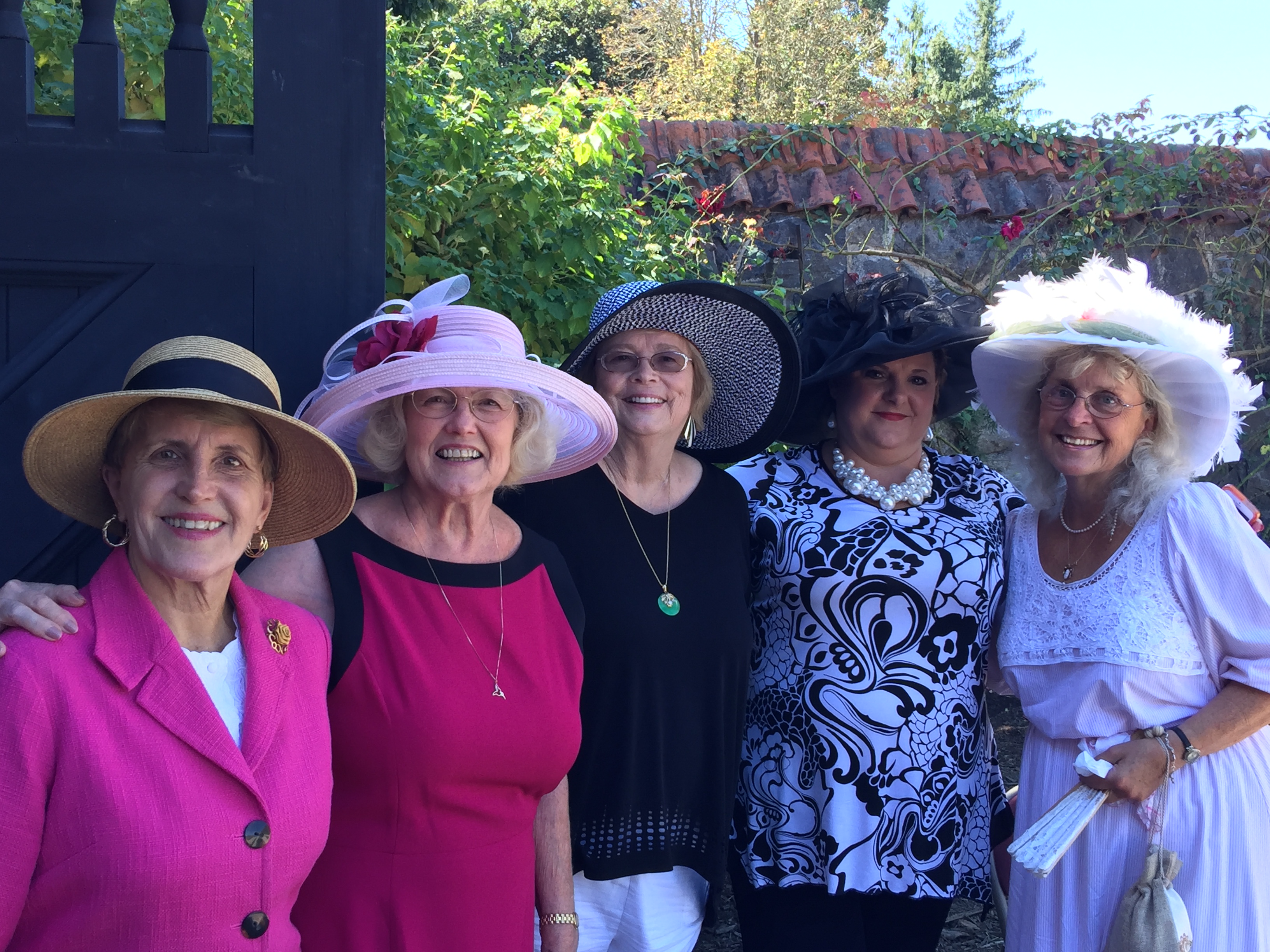
Brothers David and Samuel Travis constructed complementary mansions on South Peoria in 1919. The Travis brothers, who had made their fortunes as independent oil producers, hired Noble Flemming to design their residences in what was then considered far south Tulsa. Flemming executed two designs in Revival style, set at the crest of a broad lawn rising to the east from Peoria. The two homes instantly became Tulsa landmarks. In addition to housing the Garden Center and the Historical Society these beautiful mansions are available for weddings and receptions. For a better history of these mansions see my previous post on the garden center HERE.
For more information about exhibits and resources available from the Tulsa Garden Center see their excellent web site HERE.

Despite its history of continual use as a residence, the Samuel Travis residence faced the potential of demolition, when it was purchased by a developer who planned to construct thirteen homes on the estate's 3.2 acres. Community sentiment favored the preservation of the structure and its important open lawns adjacent to the Tulsa Garden Center and the Arboretum.

Currently there is an extensive exhibit chronicling Oklahoma's 24 governors with information and artifacts on each one.

Another current exhibit looks at the history of the Skelly Oil Company. Tulsa once boasted of being the Oil Capitol of the World and was built by oil money in the early part of the last century. The history of Skelly, Phillips, Sinclair, and many others is a big part of the history of Tulsa.
In addition, there is an exhibit on Zebco, the Tulsa company whose fishing reels revolutionized recreational fishing equipment, and an exhibit on early Tulsa department store Seidenbach's with a display of elegant women's fashions from the 1950s. Also a collecion of very early photographs of native Americans taken in Oklahoma. I took more pictures today that I will post in HistoricTulsa.blogspot.com for those who are interested.























2 comments:
Don't you just hate it when beautiful property like that is scheduled for demolition? Thank heavens common sense prevailed.
Having been in my prime in the 50s I can affirm the fashions were absolutely gorgeous with nipped in waistlines and full skirts. Probably we felt stunning having suffered the privations of the war and rationing.
Anne
What passes for high ashion today is often an expensive t-shirt.
Post a Comment